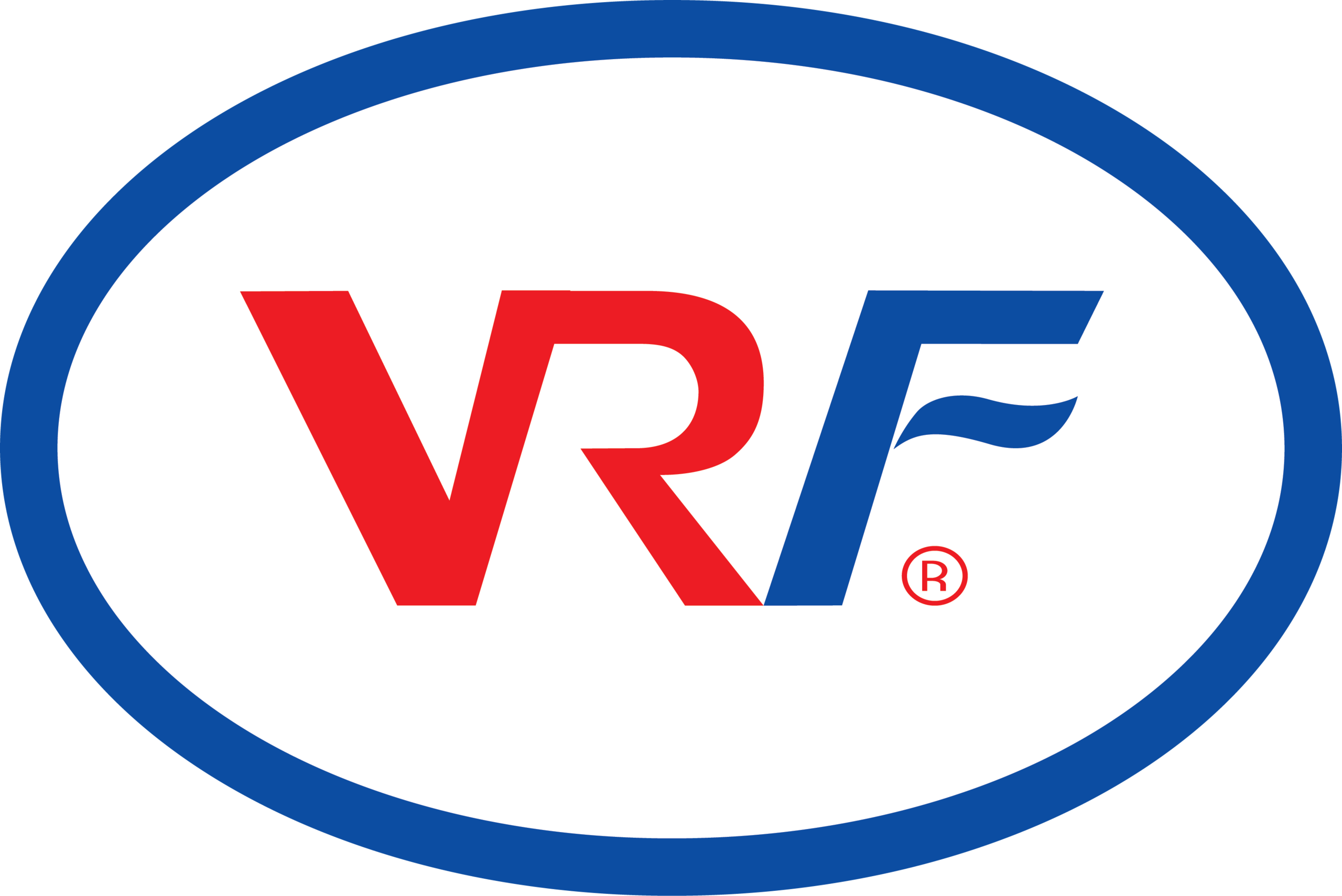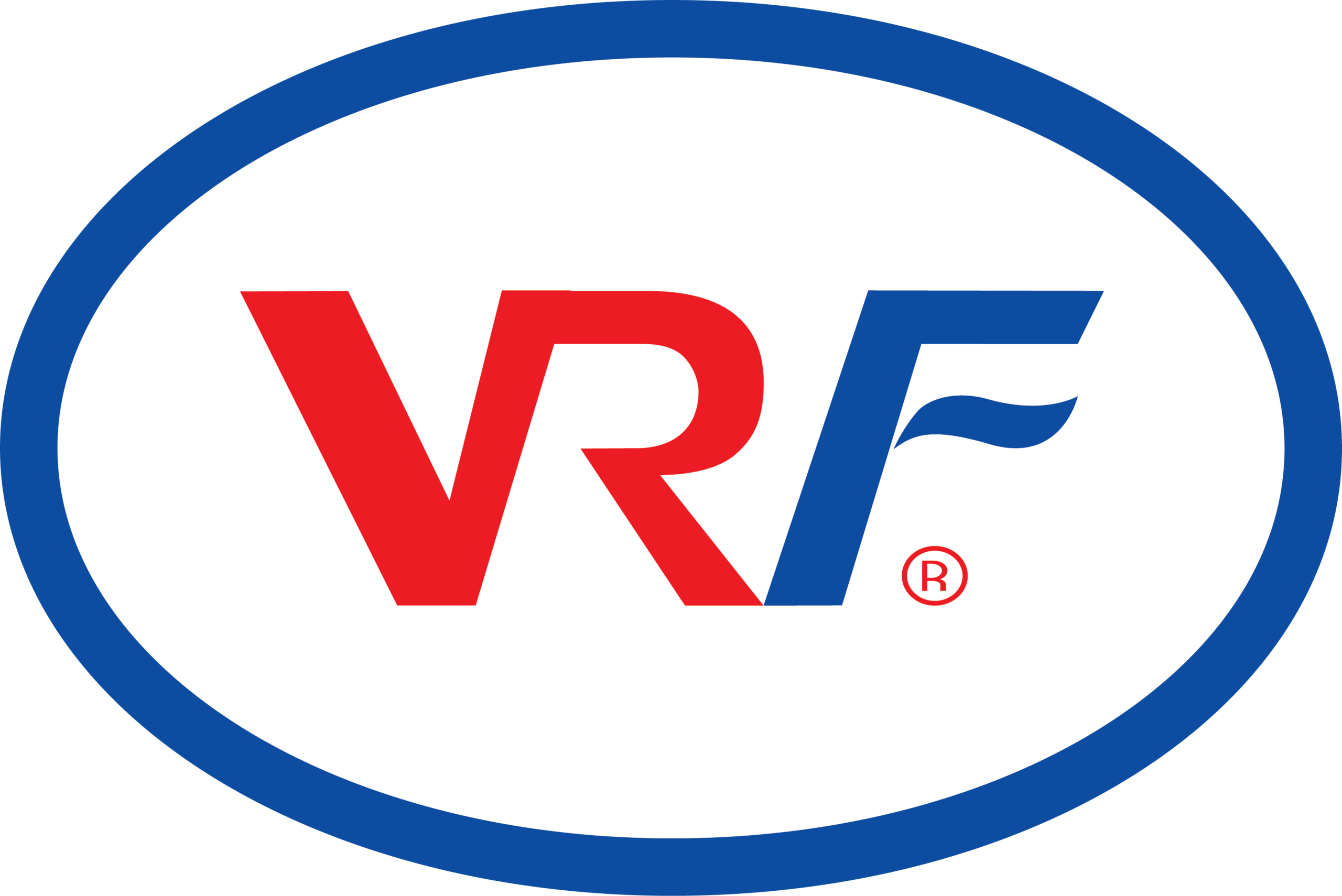The global entertainment industry is undergoing a major evolution as consumers increasingly seek out active, social, and memorable experiences. The Location Based Entertainment Market is at the forefront of this shift, encompassing a broad and diverse ecosystem of venues, technology providers, and content creators. The financial scale of this experiential sector is substantial and growing rapidly, with detailed forecasts showing the market is poised to expand to a valuation of USD 58.52 billion by 2035. This significant growth, advancing at a 9.72% CAGR over the next decade, is driven by the post-pandemic resurgence in out-of-home activities and a deep-seated human desire for shared, real-world fun in an increasingly digital world.
The market can be segmented by the type of attraction, revealing a wide spectrum of experiences. At the high end are the major theme parks and amusement parks, which are increasingly integrating AR and VR into their rides and attractions to create more immersive experiences. A major and fast-growing segment is Virtual Reality (VR) arcades and "free-roam" VR centers, where companies like The VOID (in its original form) and Sandbox VR have pioneered multiplayer, warehouse-scale virtual adventures. The market also includes interactive museums and immersive art exhibits, which use projection mapping and digital technology to create explorable, fantastical worlds. Another key segment is "competitive socializing" or "eatertainment" venues, which combine a social activity like golf simulators or darts with a bar and restaurant setting.
From a technology perspective, the market is heavily reliant on a few key enabling technologies. Virtual Reality (VR) headsets are a cornerstone, providing the deep immersion for many LBE experiences. Augmented Reality (AR) is also a key technology, used to overlay digital content onto the real world in theme park attractions or interactive exhibits. Projection mapping, which can turn any surface into a dynamic video display, is essential for creating large-scale immersive art installations. And a variety of sensors, tracking systems, and simulators are used to make these experiences more interactive and physically engaging, from motion platforms to haptic feedback vests that let users "feel" the virtual world.
Geographically, North America currently represents the largest market for location-based entertainment, driven by its large number of theme parks, a mature entertainment industry, and high consumer spending on leisure activities. Europe is another major market, with a strong tradition of cultural attractions and a growing number of innovative LBE startups. However, the Asia-Pacific region is emerging as the fastest-growing market. This rapid expansion is fueled by a rising middle class with increasing disposable income, massive investment in new theme parks and entertainment complexes in countries like China, and a strong appetite for technology-driven and social entertainment experiences among its young, urban population.
Top Performing Market Insight Reports:



